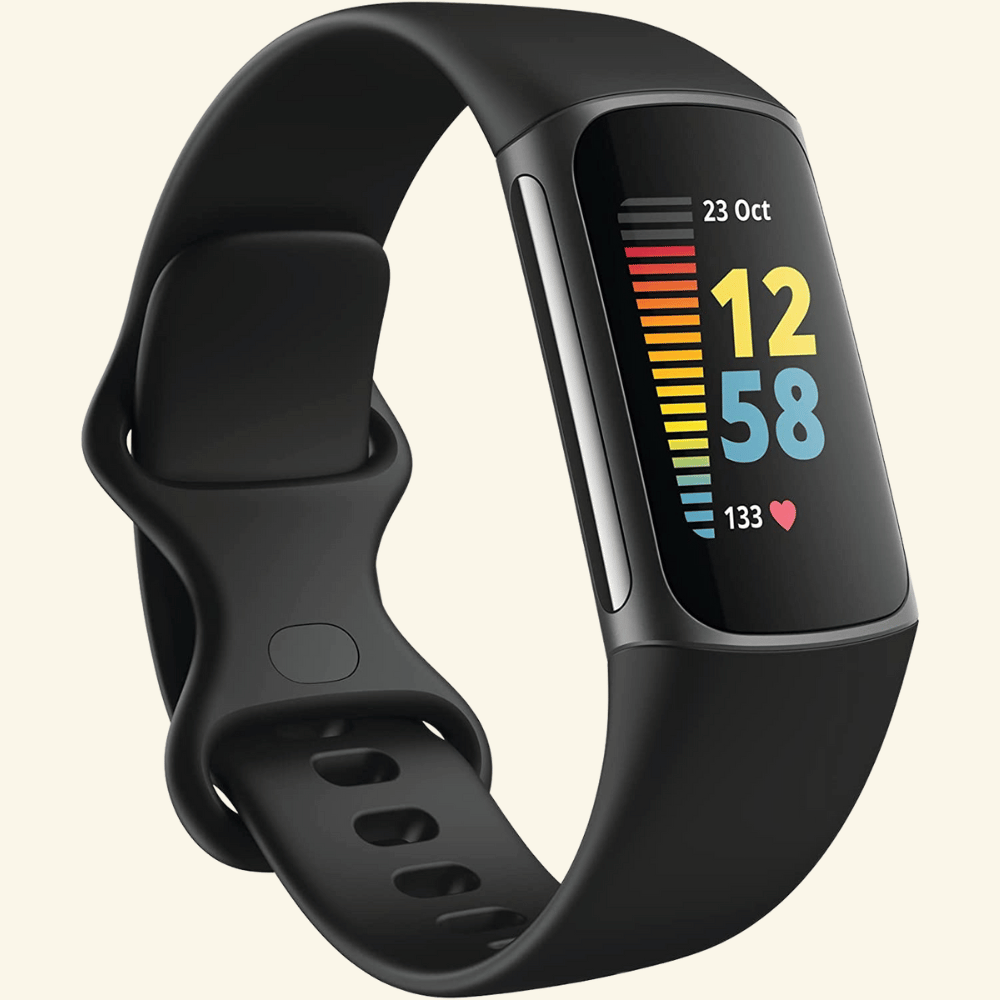5 Ways To Fight Water Retention

Why Talk About Water Weight?
After the labor and delivery of my first child, I weighed more the week after my delivery than I did during my whole pregnancy due to water retention. As I approach the delivery of my second child, I want to research ways to prevent retaining water post-delivery through nutrition and fitness.
I worked as a registered nurse full-time on a medical oncology floor up until the week I delivered my first child. Despite my efforts, I didn’t always eat balanced meals at normal times and stay adequately hydrated. #nurseproblems
I would assume that I wasn’t sufficiently hydrated at the time I went into labor. During my labor, I had an IV pushing fluids through me to keep me hydrated and maintain my blood pressure. I had a smooth and uncomplicated labor and delivery. However, post-delivery I retained a lot of fluid! That following week my lower extremities were swollen and puffy. Glamorous, I know!!!
Human Physiology
The amazing human body contains many systems to maintain homeostasis. Complex systems are hard at work maintaining a stable internal environment while confronted with many changes from the external environment. One function of major importance is fluid and electrolyte balance.
Dehydration And Functions Of Water In The Body
If the body is in a state of dehydration with inappropriate levels of electrolytes, problems with excess water weight and fluid retention can arise. The body tends to store fluid when it is dehydrated. If an individual is not drinking enough, the salt/water ratio becomes unbalanced and the body will hang on to any extra fluids until the balance is restored. If our bodies are adequately hydrated, our body systems work more efficiently.
Water plays such an important role in regulating the major physiologic systems in our bodies. Water moistens tissues and mucus membranes, protects body organs and tissues, helps gastrointestinal regularity, helps dissolve minerals and nutrients to make them accessible to the body, carries nutrients and oxygen to cells, regulates body temperature, lubricates joints, and flushes out waste products in the kidneys, liver, and colon.
5 Ways To Fight Water Retention
H2O
Drinking enough water and staying sufficiently hydrated will help eliminate extra fluids and sodium within the body. Eat your water by adding hydrating foods to your diet such as watermelon, cantaloupe, strawberries, grapefruit, cucumbers, tomatoes, baby carrots, celery, bell peppers, lettuce, cauliflower, spinach, broccoli, and green cabbage.
Hydrating with sports drinks is appropriate when exercising strenuously and for long periods of time. Sports drinks replace electrolytes such as sodium and potassium but can also contain high amounts of carbohydrates. Fruit drinks and juices may have too little sodium and too many carbohydrates as well.
The Cleveland Clinic’s article Avoiding Dehydration, Proper Hydration was a great reference on this subject.
Low Sodium
Sodium is essential in small amounts in the body to help it function properly. However, when the intake of sodium is in excess, the sodium attracts and holds water. When the body holds onto water, it increases the blood volume which leads to fluid retention in the cells.
Processed and prepared foods contain high amounts of salt and additives that contain sodium. Therefore, decreasing the intake of processed foods and prepared meals can help minimize water retention. Canned food, bread, pizza, cold cuts, bacon, cheese, soup, and fast food items contain high amounts of sodium. Be aware of the amount of salt that is added to recipes and food. It is recommended to limit sodium to less than 2,300 mg a day and less is best!
Take time to learn how to season food with spices, zests, citrus juices, and herbs to give flavor and variety to the food. Cooking with fresh fruits, vegetables, and meats will help cut back on sodium. Low-sodium products and labels are preferred options as well. Removing the salt shaker and high-sodium condiments from dishes and from the table will help lower the intake of sodium.
Potassium
Potassium plays a critical role in normal tissue function, helping to maintain cellular fluid volumes. A diet rich in potassium helps to offset some of sodium’s harmful effects on fluid retention. It is important to have appropriate levels of BOTH sodium and potassium. Food sources of potassium can be found in bananas, leafy greens, fruits from vines, root vegetables, and citrus fruit.
Fiber
Fiber helps to maintain a healthy digestive system. When the body has a lack of fluid in the digestive tract, it is unable to operate properly and the body’s waste products have a hard time moving through. The body will remove the fluid from the colon and store any remaining water in the body’s tissue. This can lead to water retention, dehydration, and constipation. Fiber not only helps speed up the release of waste and fat but helps the body process food more slowly and absorb more nutrients.
Move
Exercising and working up a sweat will help eliminate extra fluid. Not only does exercise promote perspiration, but it also helps reduce inflammation within the body, reducing water retention overall.
As I have made a goal to stay active during my current pregnancy, I have not experienced problems with swollen feet or water retention.
My Game Plan To Fight Water Retention
H2O
Push fluids and track water intake daily. Include cucumbers, baby carrots, celery, bell peppers, lettuce, cauliflower, spinach, and broccoli into my meals.
Sodium
Don’t eat cheese in excess and use less canned and boxed foods. Season food with spices, zests, citrus juices, and herbs instead of salt.
Potassium
Include bananas, sweet potatoes, and citrus fruit in my diet.
Fiber
Continue to eat whole grains and a variety of fruits and vegetables.
Move
Continue to work out throughout the week. Go on daily walks before and after delivery. Post-delivery, stretch and do yoga until my body is recovered enough to perform more strenuous workouts.
